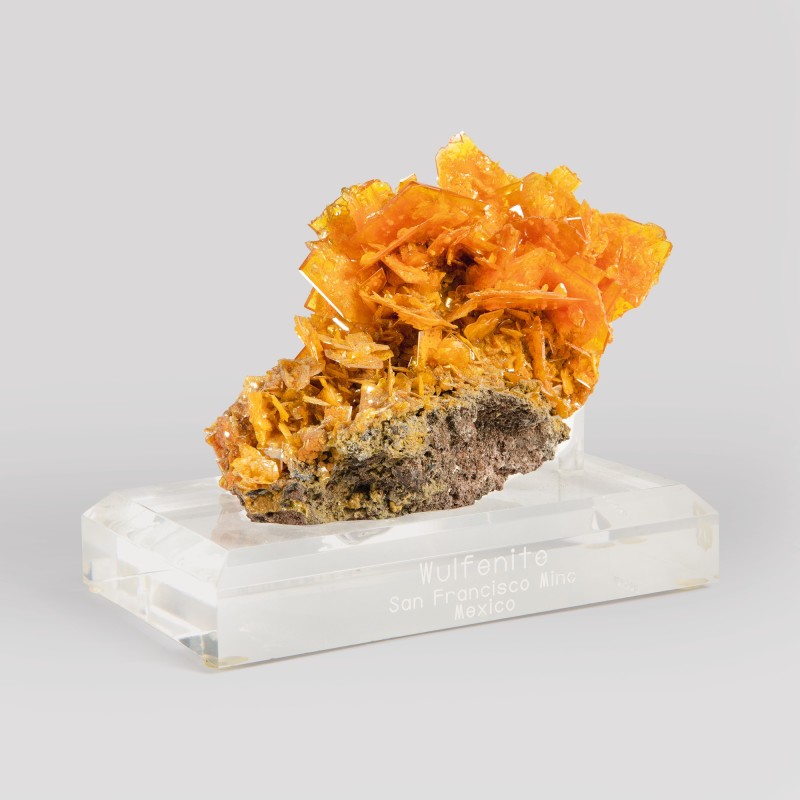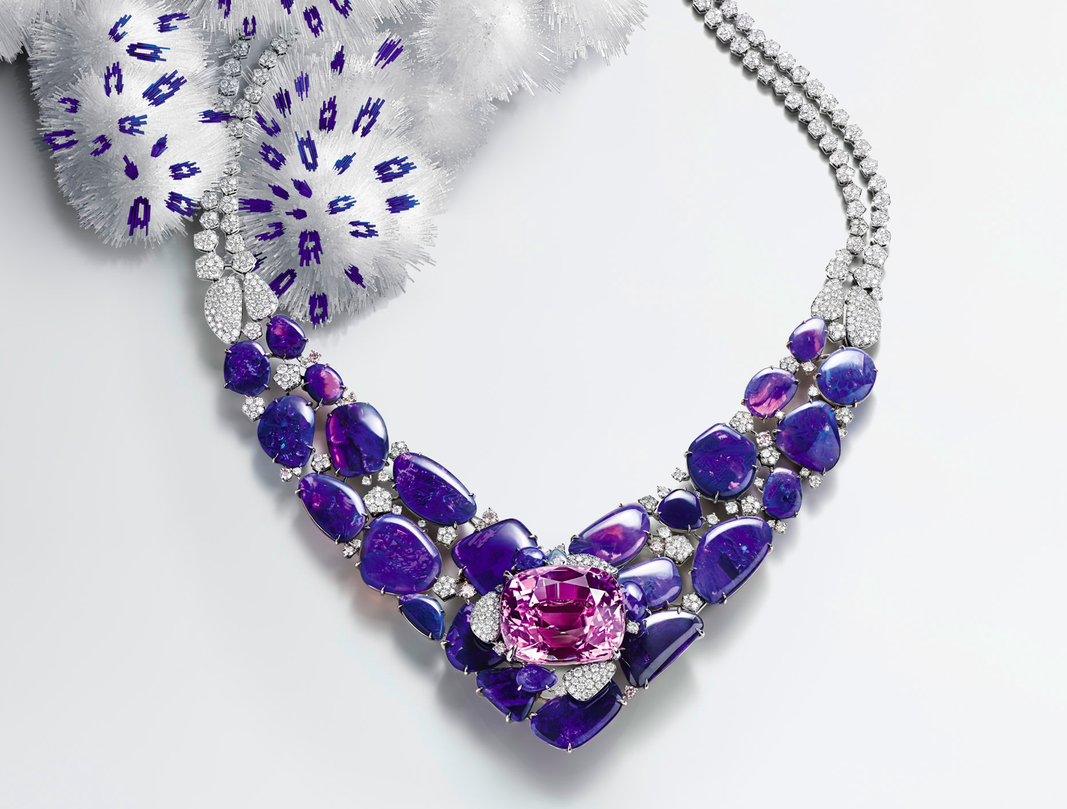Boucheron is constantly innovating in the field of jewellery by exploring surprising creative avenues. For some time now, the house has been accustomed to making surprising announcements about the materials it uses for the creation of its high jewellery collections as well as for its more confidential capsule collections. With the latest version of Jack de Boucheron, the house appropriates Cofalit®, a material usually used for motorway embankments, which it sublimates here with a certain audacity that suits it. We say yes! But do you know what Cofalit is?
Jack brooch in white gold, diamonds and Cofalit®. Video : Boucheron
This fine example of R&D in jewellery shows that it is possible to find creative solutions in high-tech companies. In France, if we don’t have oil, we have ideas and tech in France is a real added value. In 1992, the Europlasma group was created with a technology: the plasma torch developed for the aerospace industry. Initially dedicated to testing the resistance of missile materials when they enter the atmosphere, it is quickly tested for the development of other applications in the field of steelmaking and metallurgy because this tool makes it possible to obtain temperatures close to those of the sun in order to bring the material into fusion. That same year, EDF initiated what is known as a GIE, an economic interest grouping, and founded Inertam with one objective: to create an industrial prototype for treating asbestos by vitrification using plasma technology, which was confidential at the time.
In the 1970s and into the 1980s, many doctors noted that workers exposed to asbestos in the course of their work were affected by very serious respiratory diseases such as absolutely incurable respiratory cancers. You all know about asbestos because, although it has been banned in France since 1997, it was used for a long time in building insulation, for example. In France, the asbestos scandal has long made the headlines for the slowness of the public authorities to react to this crucial health issue. With asbestos removal projects on the increase, a reprocessing solution must be found for this material, which is harmless in nature but totally problematic when handled without protection and when the dust is inhaled over many years.

Asbestos vitrification process by Inertam. Photo: Inertam
In 2003, the Europlasma group bought Inertam from EDF, the asbestos vitrification process is now operational and offers a more than interesting alternative to the recovery of a problematic waste. But how is Cofalit® made? The asbestos is stored in specialised landfills and is first sorted according to a very specific process to avoid pollution and contamination. Once sorted, the containers of asbestos waste are first transported and then mounted on an automated container carrier (without a driver) that can enter the “polluted zone”, where they pass through a washing and decontamination system. The result of this operation allows for an even finer sorting of the waste, which is then directed to shredders and then to a storage system that feeds the furnaces. There, the shredded waste enters the furnaces and is heated to a melting temperature of between 1400 and 1600 degrees by two 2 mega-watt plasma torches. The asbestos fibres are then completely destroyed. I can assure you that the fumes emitted are also reprocessed. Gradually, the temperature drops and the molten material goes into giant ingot moulds where it finishes cooling in the open air. The resulting blocks are taken to a storage area before being sent on to their new life.

Photo: Boucheron
Once vitrified, the material can be crushed. It can also be cut and polished. It took many months of work to obtain the result Boucheron had in mind. Because the Jack model meets precise specifications regarding the expected shape. With this material considered“the antithesis of precious in the collective imagination“, according to the words of the Artistic Director – Ms Claire Choisne – Boucheron shows that anything can be a jewel and opens up an interesting avenue of exploration by introducing an obvious preciousness to this “latest material”, the result of the rehabilitation of a material that was widely decried in its time and which here finds a second useful, exciting and even precious life.
See you soon!







